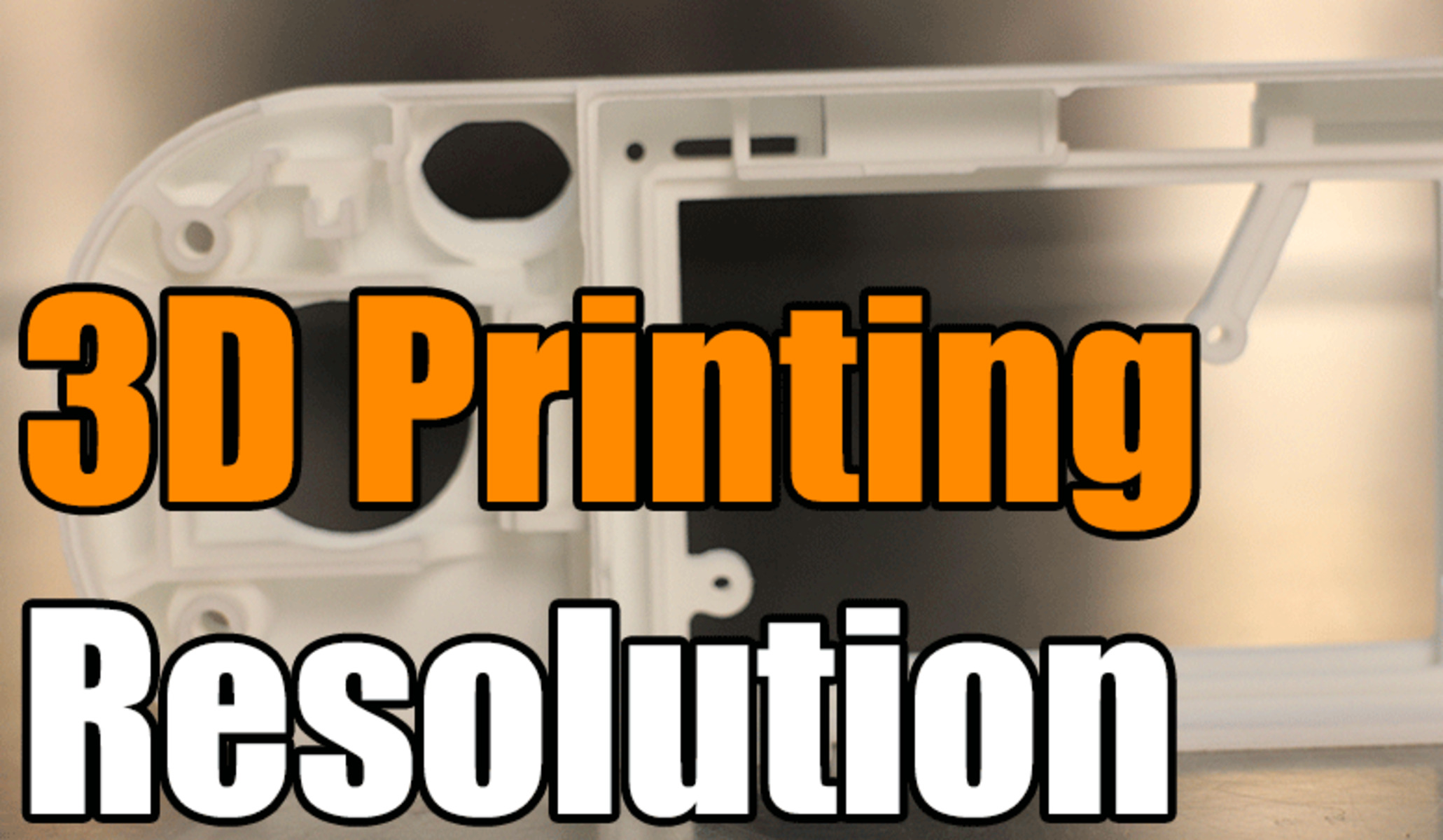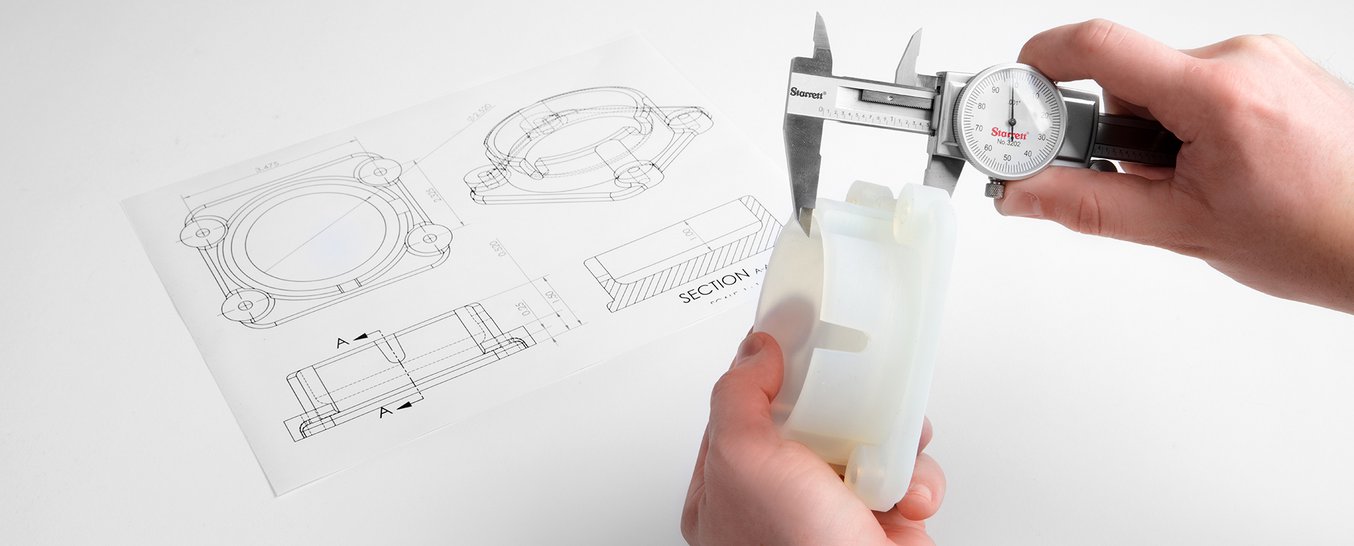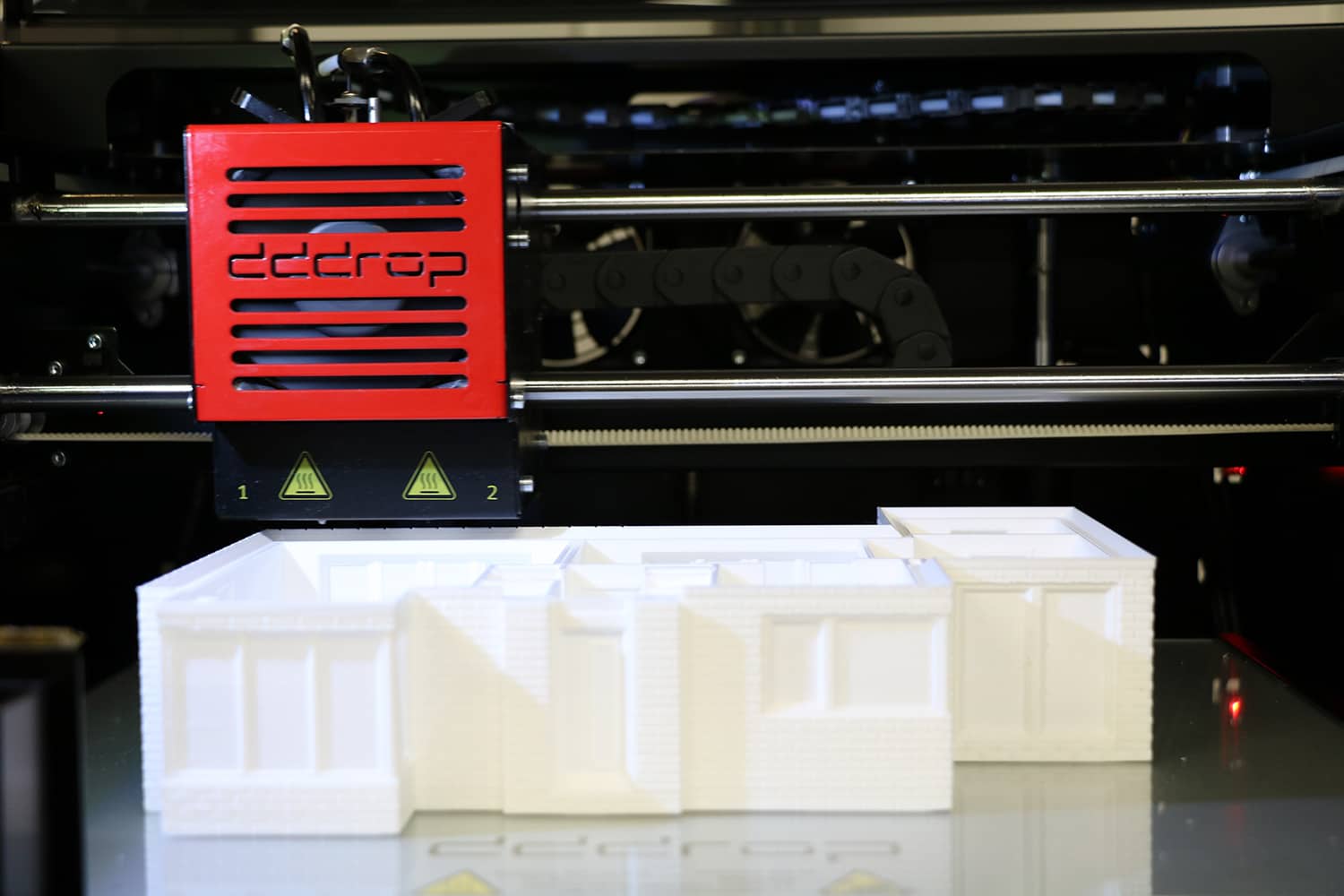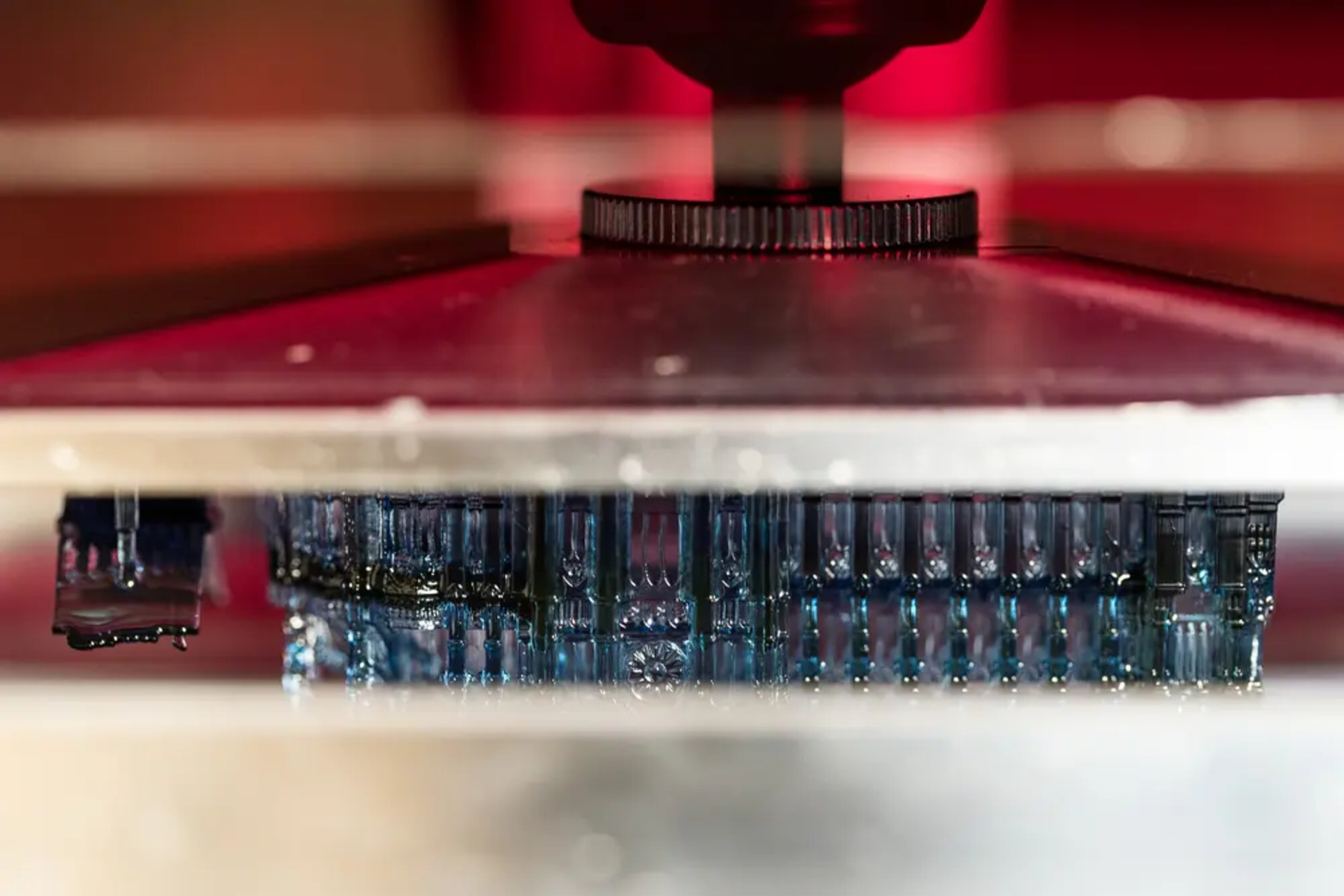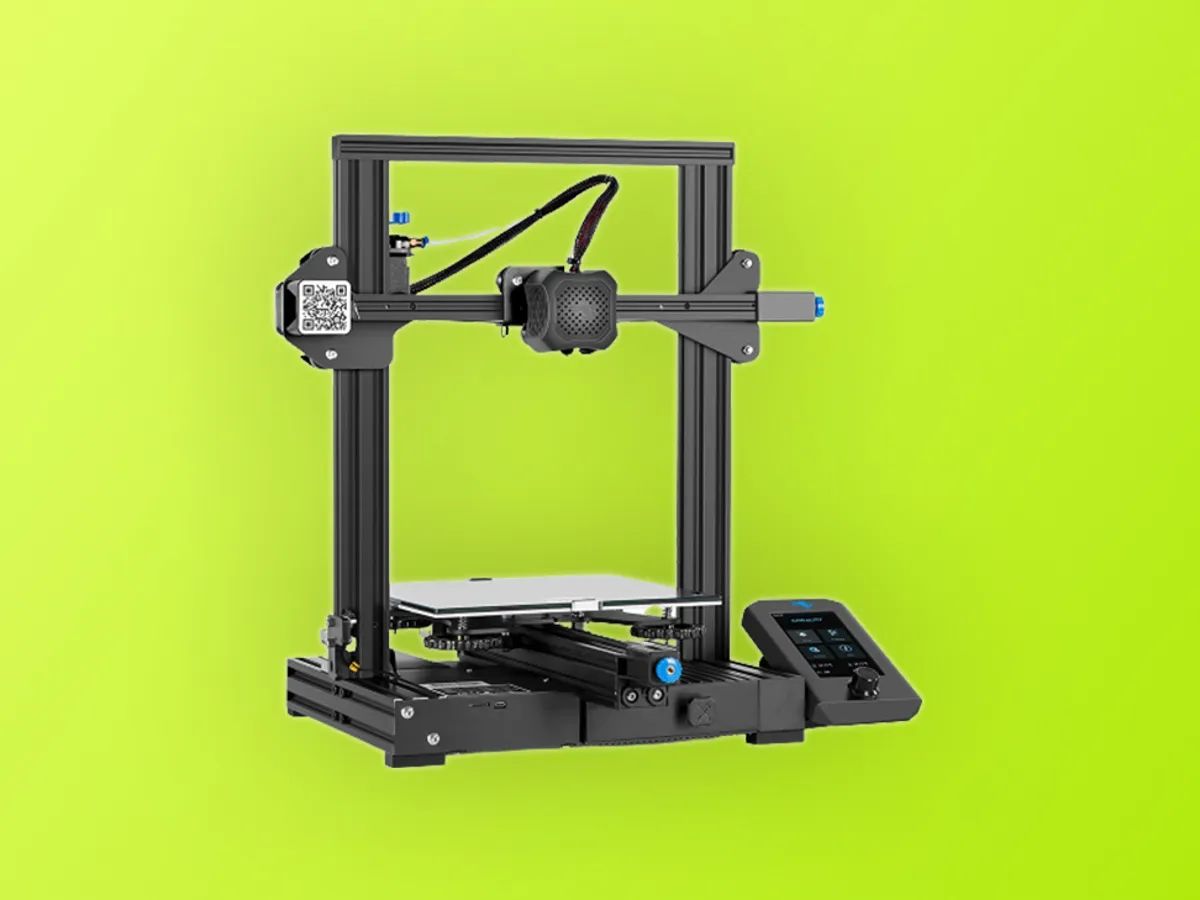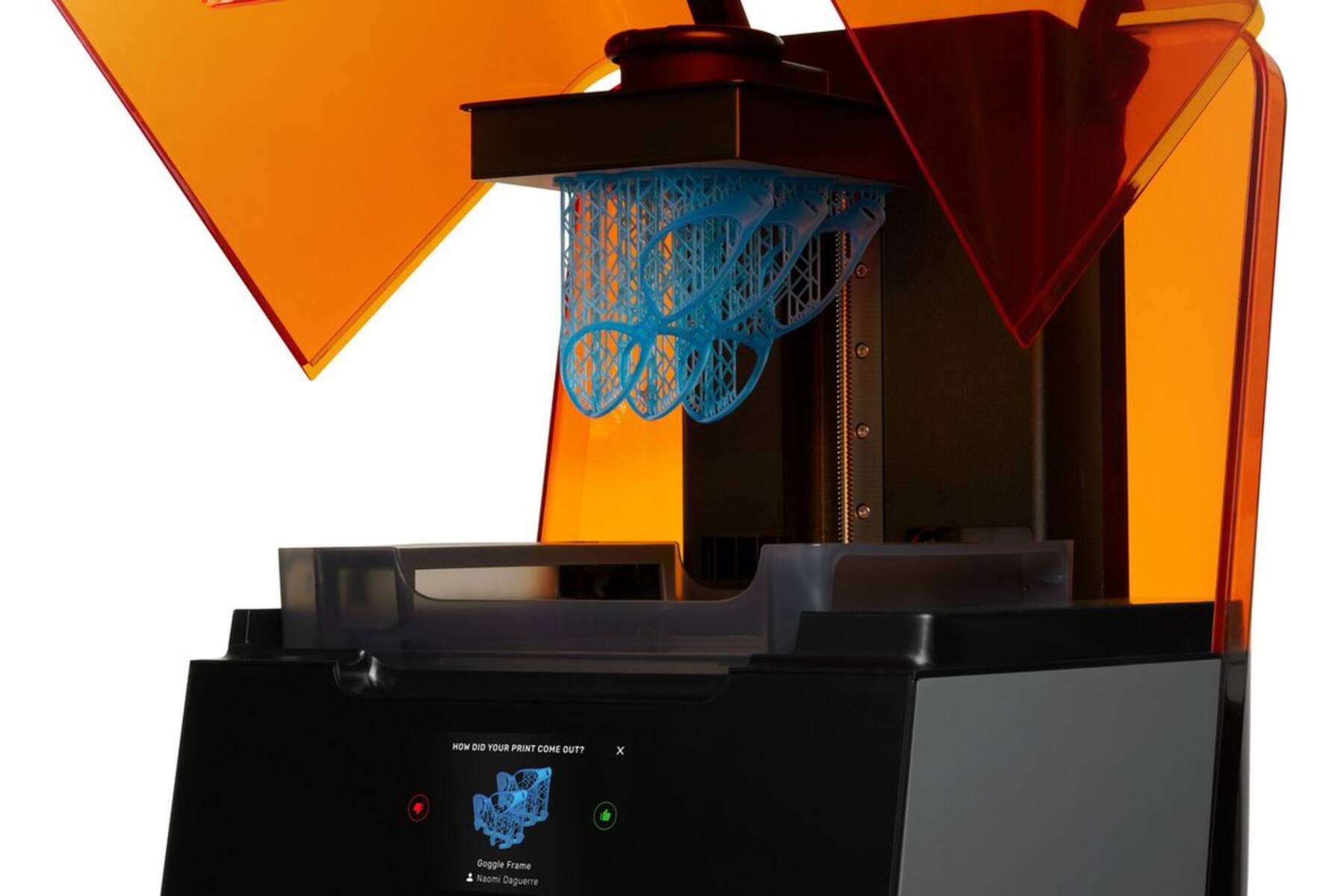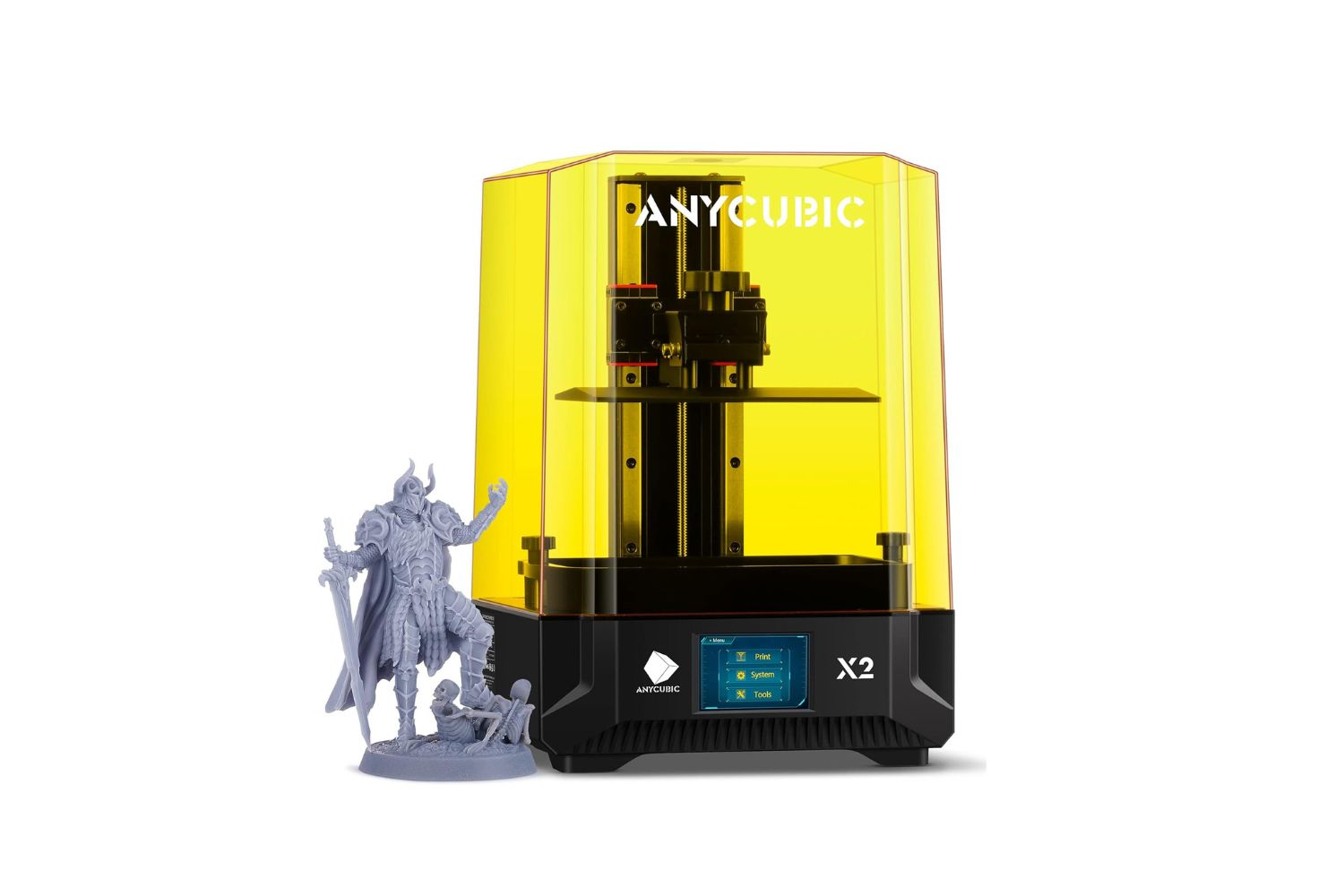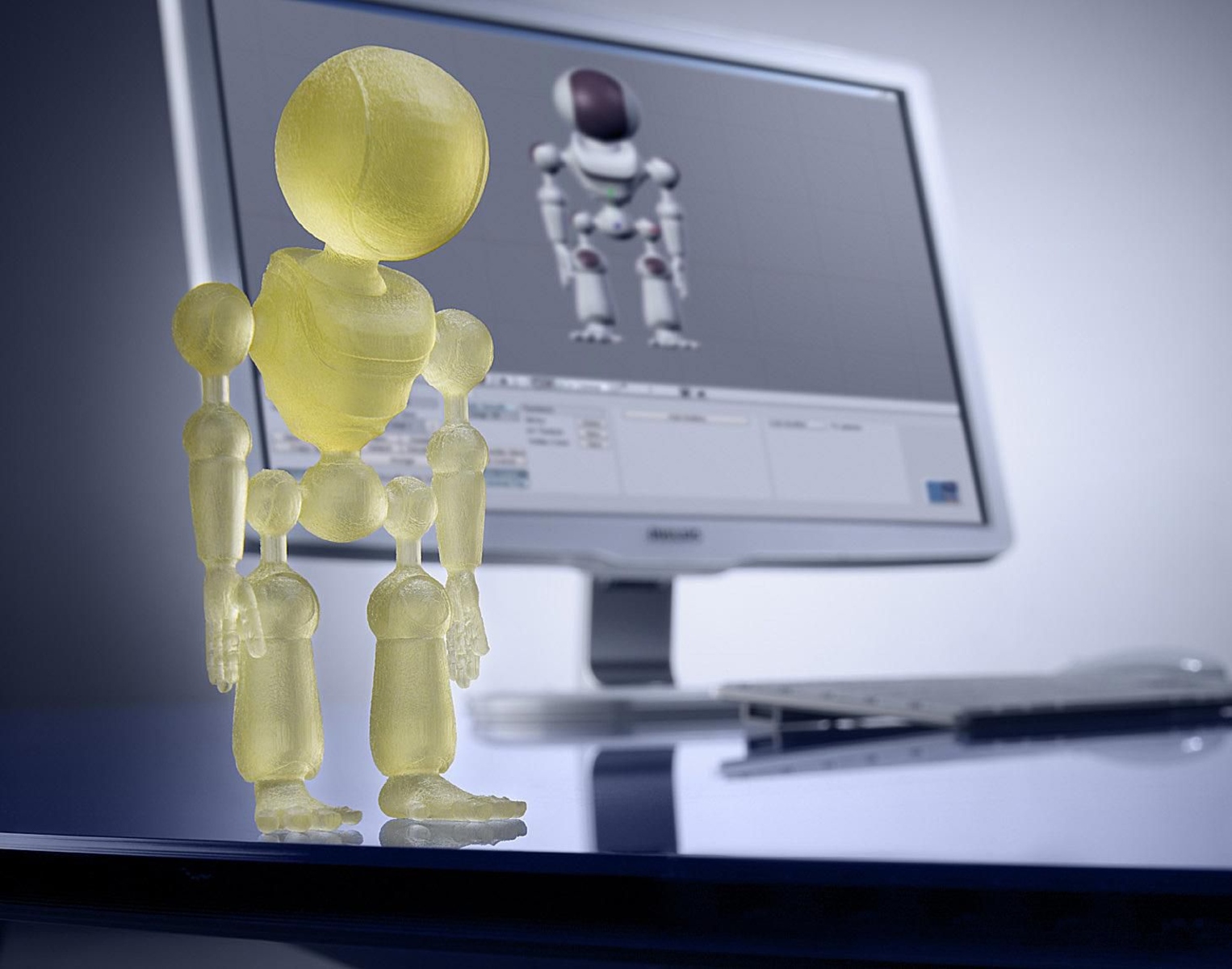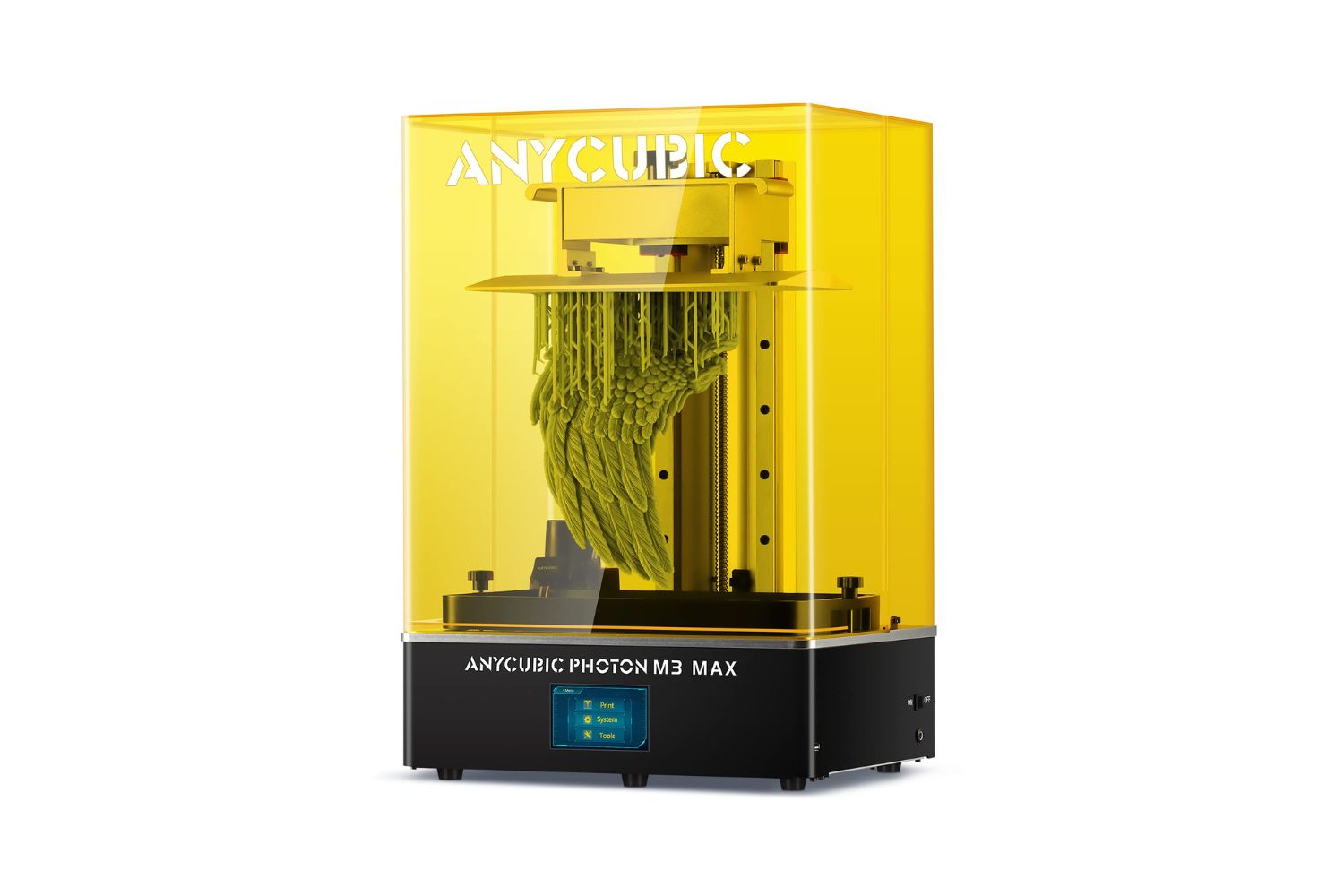What Is Resolution in 3D Printing?
When it comes to 3D printing, resolution refers to the level of detail and precision that can be achieved in the printed object. It determines the smoothness of the surface, the sharpness of edges, and the accuracy of the dimensions. In simple terms, resolution in 3D printing determines how finely the printer can reproduce the design.
Resolution is often measured in terms of the layer height, XY resolution, and Z resolution. Each of these factors plays a crucial role in determining the overall resolution of a 3D printed object. Achieving high resolution is important for various applications, such as creating prototypes, intricate designs, and functional parts.
The resolution in 3D printing is determined by the capabilities of the printer and the settings used during the printing process. Let’s take a closer look at the various aspects of resolution in 3D printing and how they impact the final output.
Introduction
3D printing, also known as additive manufacturing, has revolutionized the way we create objects. This innovative technology allows us to transform digital designs into physical objects by layering material one step at a time. From intricate jewelry to complex machinery parts, 3D printing has the potential to bring our imagination to life.
One crucial aspect of 3D printing is resolution, which determines the level of detail and accuracy in the printed object. The higher the resolution, the finer the details that can be captured. Achieving high resolution is essential in industries where precision and quality are paramount, such as aerospace, healthcare, and architecture.
Resolution in 3D printing is not a one-size-fits-all concept. It can vary depending on various factors, including the type of printer used, the materials being used, and the settings chosen during the printing process. Understanding these factors and how they affect resolution is crucial in optimizing the output of a 3D printer.
In this article, we will explore what resolution means in the context of 3D printing. We will delve into the different types of resolution and the factors that influence them. By understanding these concepts, you will gain a deeper insight into how to achieve higher resolutions and enhance the quality of your 3D printed objects.
Whether you are a hobbyist, a professional designer, or an engineer seeking to leverage the capabilities of 3D printing, this article will provide you with the knowledge and understanding needed to make informed decisions and unleash the full potential of this exciting technology.
How Does 3D Printing Work?
Before we delve into the intricacies of resolution in 3D printing, let’s first understand the basic workings of this innovative technology. At its core, 3D printing is an additive manufacturing process that involves building objects layer by layer.
The process starts with a digital 3D model of the object that needs to be printed. This model is created using computer-aided design (CAD) software or obtained through 3D scanning techniques. The model is then sliced into thin cross-sectional layers using specialized software.
Once the model is prepared, the 3D printer begins the printing process. The printer deposits or fuses material, layer by layer, based on the sliced design. The material can vary depending on the type of printer and the intended application. Common materials used in 3D printing include plastics, metals, ceramics, and even food-grade substances.
Depending on the printing technology, the material can be deposited in a liquid or solid form. The printer carefully follows the instructions from the sliced model, adding each layer precisely to build the final object. The layers fuse together or solidify to create a cohesive and functional 3D printed object.
While the printing process varies based on the technology used, common techniques include fused deposition modeling (FDM), stereolithography (SLA), selective laser sintering (SLS), and digital light processing (DLP). Each technique offers its own strengths and limitations, ultimately affecting the resolution that can be achieved.
Once the printing process is complete, the object may require some post-processing steps, such as removing support structures, sanding, polishing, or painting. These steps are essential to enhance the aesthetics and functionality of the printed object.
Now that we have a basic understanding of how 3D printing works, let’s explore the concept of resolution in more detail, and how it impacts the quality of the final printed object.
Understanding Resolution in 3D Printing
Resolution in 3D printing refers to the level of detail and precision that can be achieved in the printed object. It determines how accurately the printer can reproduce the design, affecting the smoothness of the surface, the sharpness of edges, and the overall quality of the final printed object.
Resolution is determined by several factors, including layer height resolution, XY resolution, and Z resolution. Let’s take a closer look at each of these components:
Layer Height Resolution: This refers to the thickness of each layer that the 3D printer deposits. A smaller layer height allows for finer details, resulting in higher resolution. However, reducing the layer height can significantly increase the printing time.
XY Resolution: XY resolution is the level of precision in the horizontal plane. It determines how accurately the printer can move and position the print head or build plate, affecting the details and smoothness in the X and Y directions.
Z Resolution: Z resolution pertains to the vertical precision of the 3D printer. It determines the ability of the printer to accurately stack layers on top of each other, affecting the overall smoothness and layer visibility in the Z direction.
It’s important to note that achieving higher resolution in 3D printing comes with its own set of challenges. While reducing the layer height, increasing XY resolution, and improving Z resolution yield finer details, they also significantly increase the printing time and can strain the capabilities of the printer.
The choice of materials also impacts the achievable resolution. Some materials may have inherent limitations in terms of resolution due to their physical properties. For example, materials with high viscosity may result in less sharp edges and details compared to more fluid materials.
In the next sections, we will explore the various types of resolution in 3D printing and the factors that can affect the overall resolution. By understanding these aspects, you will be equipped with the knowledge to optimize your print settings and achieve the desired resolution for your 3D printed objects.
Factors Affecting Resolution in 3D Printing
Several factors can significantly impact the resolution that can be achieved in 3D printing. By understanding these factors, you can optimize your printing settings and achieve the desired level of detail in your printed objects. Let’s explore the key factors that affect resolution:
Printer Technology: Different 3D printing technologies have varying capabilities when it comes to resolution. Some technologies, like stereolithography (SLA), offer high-resolution capabilities, while others, like fused deposition modeling (FDM), may have limitations in achieving fine details.
Printer Hardware: The hardware components of the printer, such as the precision of the motors, the stability of the frame, and the quality of the nozzle, can all influence the achievable resolution. A well-built and calibrated printer will generally have better resolution performance.
Printing Speed: The speed at which the printer moves and deposits material can impact the resolution. Faster printing speeds may result in reduced resolution due to decreased precision and accuracy in positioning the print head or build plate.
Layer Height: The thickness of each layer, also known as the layer height, plays a significant role in resolution. Smaller layer heights allow for finer details and smoother surfaces, but they also tend to increase the printing time.
Printing Materials: Different materials have varying properties that can affect the achievable resolution. Some materials may have higher viscosity, making it challenging to achieve sharp edges and fine details, while others may be more fluid and allow for better resolution performance.
Print Settings: The settings chosen during the printing process, such as the temperature, flow rate, and cooling, can impact resolution. Finding the optimal settings for your specific printer and material is crucial to achieve the desired resolution.
It is important to consider these factors and strike a balance that aligns with your specific requirements. Higher resolution often comes with longer printing times and the need for more precision, while lower resolutions may provide quicker results but with less detailed outcomes.
In the next sections, we will delve into specific types of resolutions in 3D printing, such as layer height resolution, XY resolution, and Z resolution, to provide a comprehensive understanding of how each factor contributes to the overall resolution of 3D printed objects.
Types of Resolutions in 3D Printing
When it comes to 3D printing, there are different types of resolutions that contribute to the overall level of detail and precision in the printed objects. Let’s explore each of these resolutions in more detail:
Layer Height Resolution: Layer height resolution refers to the thickness of each layer that the 3D printer deposits. Smaller layer heights result in finer details and smoother surfaces. However, reducing the layer height increases the printing time as more layers need to be printed.
XY Resolution: XY resolution, also known as lateral or horizontal resolution, is the level of precision in the X and Y directions of the printing process. It determines how accurately the printer can move and position the print head or build plate. Higher XY resolution allows for sharper edges and more intricate details.
Z Resolution: Z resolution, also referred to as vertical resolution, defines the precision of layer alignment and stacking in the Z direction. It affects the overall smoothness and visibility of individual layers in the final printed object. Higher Z resolution leads to objects with less pronounced layer lines.
It’s worth noting that these types of resolutions are interconnected and influence one another. Achieving high resolution in one aspect often requires optimization in the other types of resolutions and sometimes trade-offs need to be made.
For example, if you want to improve the XYZ resolution, you may need to reduce the layer height. However, this could result in significantly longer print times. Balancing these resolutions in accordance with your desired outcome and project requirements is critical.
Understanding the different types of resolutions in 3D printing is essential for optimizing your print settings and achieving the level of detail and precision you desire in your printed objects. In the following sections, we will delve deeper into each of these resolutions and explore the factors that can help you achieve higher resolutions in 3D printing.
Layer Height Resolution
Layer height resolution is a crucial factor in achieving high-quality and detailed 3D printed objects. It refers to the thickness of each layer that the 3D printer deposits. The smaller the layer height, the finer the details that can be captured, resulting in higher resolution. However, reducing the layer height comes with trade-offs such as longer printing times and increased material usage.
When selecting the appropriate layer height, you must consider the capabilities of your printer and the specific requirements of your project. Smaller layer heights, such as 0.1mm or less, are suitable for objects with intricate details, while larger layer heights, such as 0.3mm or more, are more suitable for quick prints that prioritize speed over fine detail.
Choosing the right layer height involves finding a balance between the desired level of detail and the practicality of the printing process. Here are a few factors to consider:
- Printer Capability: Different printers have different limitations when it comes to the minimum layer heights they can achieve. Make sure to check your printer’s specifications to determine the optimal range of layer heights for your specific model.
- Print Time and Material Usage: Smaller layer heights require more layers to be printed, which naturally increases the printing time. Additionally, they consume more material, which can impact the overall cost of the print job. Consider your project timeline and budget when selecting the layer height.
- Design Considerations: The level of detail and intricacy in your design may influence the ideal layer height. If your design has fine features or small text, a smaller layer height will be necessary to capture those details accurately.
- Material Compatibility: Different materials have varying viscosities, which can affect the achievable layer height. Some materials may have limitations in terms of printing fine details or may require specific settings to achieve optimal results.
Experimentation and testing are crucial when it comes to determining the optimal layer height for your specific project. It’s worth noting that higher layer heights are more forgiving in terms of print settings and tend to cover up minor imperfections. On the other hand, smaller layer heights provide greater precision and produce smoother surfaces.
By understanding the relationship between layer height and resolution, you can make informed decisions in your 3D printing process and strike a balance between speed, detail, and quality.
XY Resolution
XY resolution, also known as lateral or horizontal resolution, is an important aspect of achieving high-quality and detailed 3D printed objects. It refers to the level of precision in the X and Y directions of the printing process, determining how accurately the printer can move and position the print head or build plate.
A higher XY resolution allows for sharper edges and more intricate details in the printed object. This resolution is particularly important for objects with fine features, precise geometries, or intricate patterns. Achieving a higher XY resolution can greatly enhance the visual appeal and overall quality of the printed object.
Several factors influence the XY resolution in 3D printing:
- Printer Hardware: The precision of the printer’s motors, belts, and linear guides plays a significant role in achieving higher XY resolution. A well-calibrated and mechanically stable printer will have better accuracy and positioning capabilities.
- Nozzle Size: The size of the nozzle used to deposit the material during printing affects the achievable XY resolution. Smaller nozzle sizes, such as 0.4mm or less, allow for more precise movements and finer details.
- Print Speed: The speed at which the printer moves during the printing process impacts the XY resolution. Slower print speeds generally provide more accurate movements and better resolution, but at the expense of longer printing times.
- Software Settings: Fine-tuning software settings, such as acceleration and jerk control, can improve the XY resolution. These settings help reduce vibrations and overshoots, resulting in smoother and more precise movements.
It’s important to note that achieving high XY resolution may require trade-offs in terms of print speed and overall printing time. Slower speeds allow for greater precision, but they can prolong the printing process.
When aiming for high XY resolution, it is essential to consider the requirements of your specific project. If fine details and smooth curves are a priority, adjusting the printer settings and using a smaller nozzle size can help achieve the desired results. However, it’s crucial to strike a balance between resolution, print time, and practicality.
Experimentation and test prints are integral to finding the optimal XY resolution for your specific printer and project. By considering the hardware capabilities, software settings, and print parameters, you can maximize the XY resolution and produce exceptional quality 3D printed objects.
Z Resolution
Z resolution, also known as vertical resolution, plays a crucial role in 3D printing and refers to the precision of layer alignment and stacking in the Z direction. It determines the smoothness and visibility of individual layers in the final printed object.
A higher Z resolution leads to objects with reduced layer lines, resulting in a more visually appealing and finished appearance. Achieving a finer Z resolution allows for greater accuracy in layer alignment, creating seamless transitions between layers and producing objects with a higher level of detail and quality.
Several factors influence the Z resolution in 3D printing:
- Layer Thickness: The layer thickness, or the height of each individual layer, directly impacts Z resolution. Smaller layer thickness results in finer Z resolution and reduced layer lines. However, decreasing the layer thickness also increases the print time.
- Leveling and Bed Adhesion: Proper leveling and bed adhesion are vital to maintaining a consistent Z resolution across the print surface. An uneven or improperly leveled print bed can lead to variations in Z resolution and affect the overall print quality.
- Printer Calibration: Accurate calibration of the printer is essential for achieving a consistent Z resolution. Proper calibration ensures that the printer correctly moves and positions the print head or build plate in the Z direction, minimizing any unwanted variations in layer thickness.
- Material Properties: Different materials have varying properties that can affect the achievable Z resolution. Some materials may have higher flowability, resulting in smoother and more consistent layer deposition, while others may be more prone to uneven layer heights or artifacts.
It’s important to find the right balance between layer thickness and printing time when considering Z resolution. Smaller layer thicknesses provide finer details but increase the printing time significantly. Balancing these factors is crucial when determining the optimal settings for your specific project.
When striving for high Z resolution, it’s essential to ensure proper calibration of the printer and use compatible materials that allow for accurate layer deposition. Leveling the print bed at regular intervals is also essential to maintain consistent layer heights throughout the printing process.
By understanding the factors that impact Z resolution and taking the necessary precautions, you can achieve exceptional Z resolution and produce 3D printed objects with smooth and precise layer alignment.
Achieving Higher Resolutions in 3D Printing
To achieve higher resolutions in 3D printing, several strategies and considerations can be implemented. By optimizing various aspects of the printing process, you can enhance the level of detail and precision in your printed objects. Here are some key strategies to achieve higher resolutions:
- Reducing Layer Heights: Decreasing the layer height allows for finer details and smoother surfaces. However, it also increases the printing time significantly. Experiment with different layer heights to strike a balance between resolution and practicality.
- Choosing the Right Printer: Different 3D printing technologies have varying capabilities when it comes to resolution. Research and select a printer that aligns with your desired resolution requirements.
- Calibrating the Printer: Proper calibration ensures accurate movements and positioning of the print head or build plate. Regularly calibrate your printer to achieve precise layer deposition and alignment.
- Using High-Quality Nozzles: Investing in high-quality nozzles with smaller diameters can improve resolution by allowing for more precise material deposition.
- Optimizing Print Settings: Fine-tuning settings such as print speed, temperature, and cooling can have a significant impact on resolution. Experiment with different settings to find the optimal configuration for your printer and material.
- Considering Material Properties: Each material has unique properties that can affect resolution. Understand the characteristics of your chosen material and adjust settings accordingly to achieve optimal results.
- Post-Processing Techniques: Employing post-processing techniques such as sanding, polishing, or applying surface treatments can enhance the final resolution of the printed object.
It’s important to note that achieving higher resolutions can come with trade-offs, such as longer printing times and increased material usage. Consider the requirements of your project and strike a balance between resolution, practicality, and desired outcomes.
Regular experimentation and testing are essential in finding the optimal settings and techniques for achieving higher resolutions in 3D printing. By implementing these strategies and understanding the factors that impact resolution, you can produce exceptional quality and highly detailed 3D printed objects.
Conclusion
Resolution plays a vital role in 3D printing, determining the level of detail, precision, and overall quality of the printed objects. By understanding the different types of resolutions, including layer height, XY resolution, and Z resolution, you can optimize your print settings and achieve the desired results.
Factors such as printer technology, hardware capabilities, print speed, materials, and print settings all contribute to the achievable resolution. Balancing these factors and considering the specific requirements of your project are essential in achieving the desired level of detail and efficiency.
Experimentation and testing are key in finding the optimal settings for achieving higher resolutions. While smaller layer heights, refined XY resolution, and accurate Z resolution can improve detail, they also increase printing time and may have limitations based on materials and printer capabilities.
Ultimately, achieving higher resolutions in 3D printing requires a thoughtful approach that balances resolution, practicality, and desired outcomes. By considering the factors discussed and implementing the strategies mentioned, you can produce exceptional-quality 3D printed objects with impressive levels of detail and precision.
Stay curious, experiment, and continuously seek improvement in your 3D printing journey. With the constant advancements in technology and the passion for pushing the boundaries, the potential for achieving even higher resolutions in 3D printing continues to expand.







